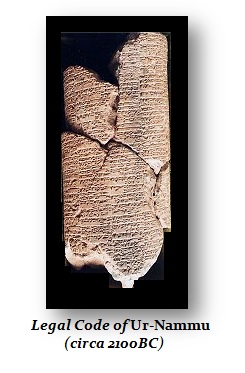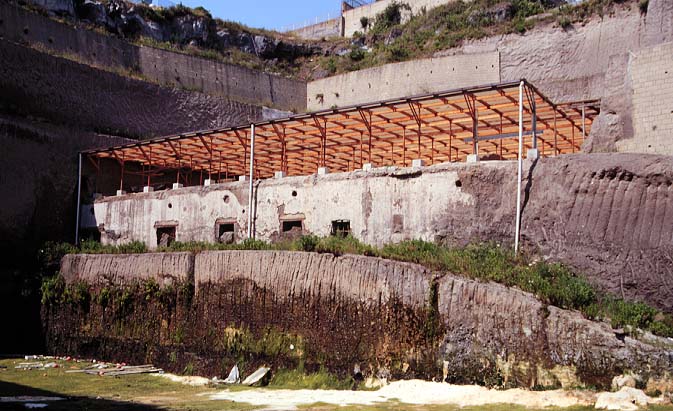QUESTION: Mr. Armstrong; What do you think of the Biblical forgiveness of debt which this time was due with the turn of your model?
ANSWER: Debt cancellation or forgiveness actually was a tradition that began under Sumerian rule in Mesopotamia. The Jewish tradition appears to have been adopted from the Sumerian. Do not forget that Abraham came from the Sumerian city of Ur, located in southern Iraq today. Therefore, he would have grown up with that tradition.
Consequently, the debt cancellation practice began in Mesopotamia and can be traced back to 2400 BC extending into 1400 BC. The noted historian on this subject, Michael Hudson, I believe is absolutely correct when he states that general debt cancellation was one of the principal characteristics of Bronze Age societies in Mesopotamia. There were numerous debt cancellations in the Mesopotamian cities which used the words for these debt forgiveness decrees or cancellations such as amargi in Lagash (Sumer), nig-sisa in Ur, andurarum in Ashur, misharum in Babylon, shudutu in Nuzi.
(See: Michael Hudson’s Debt Cancellations)
However, we are way beyond such a solution thanks to SOCIALISM. Countless people now rely entirely upon pensions and social security systems for their retirement. Many such programs by decree must invest “conservatively” in government debt. To default will set off a blood bath if not a Mad Max event. During the Bronze Age, debts were private and did not tend to carry the expectation that you would be taken care of for life. So the debt structure was entirely different. Today, such debt forgiveness would cause a total economic meltdown. This is why we have proposed the Solution we have. There is no option to cancel or default without major civil unrest or even revolution.
The debt cancellations of the Bronze Age can be distinguished as PRIVATE. They were not PUBLIC debts borrowed from the people that they just never paid back. This was a debt forgiveness within the private sector. I might add that during the civil war that ended the Republic of Rome, the people cheered Julius Caesar and assumed he too would cancel all private debts. He adopted a different resolution and forgave all past interest by applying that to capital with revaluing property and money to the same purchasing power parity. Clearly, the people were aware of the debt forgiveness ideas in that region. (See Anatomy of a Debt Crisis).
(Note: We have collected economic text from Mesopotamia as part of our research project in reconstructing the historical economic history of civilization. Here I hold one Sumerian cone from our collection. I funded archaeological digs that would further our knowledge of the past in order to reconstruct the history of the world, much of which the academics will not explain for reasons that will contradict prior theories. Then there is their communistic approach to knowledge.
I was asked to fund the dig at the House of the Papyri near Pompey in Herculaneum. Half of this villa has still not been excavated. This was a villa of a book collector and the Greek part of his collection remains buried. Here are all the lost books that Greek historians are waiting uncover. The Italian government lacks the money, so 20 years after I funded this project, it remains undone.
Additionally, the latest issue concerns material that arises on the black market rather than from an archaeological dig. For example, during the first Gulf War in Iraq, the bombings uncovered a city previously unknown. The archives of all the text appeared on the black market. Academics boycott such things rather than try to save them. They object to private people using private funds for research and treat the subject as if it were a communistic state that only they should have such cache to play with. This is something I seriously disagree with for there are never public funds available for such projects.
In this particular case, thousands of tablets were on the black market. I bid to get the entire collection; I do not recall what my bid was, but it was many millions of dollars. There was a Norwegian collector of manuscripts, Martin Schoyen, whose collection contains over 13,000 documents. I met Martin in Zurich for dinner. Since he was a specialist in documents, we reached an agreement that my interest was economic. Martin even had an original Magna Carta. So the deal we struck was that I could use the economic text in return for bowing out of the bidding.
What made this find so valuable was that it contained legal code predating Hammurabi who academics teach was the first legal code. Here we have the Legal Code of (ca. 2100 BC) which is the oldest known written law code that predates Hammurabi’s law code by about 300 years. Martin Schøyen provided the translation. Schoyen’s private efforts have contributed greatly to our knowledge base as government funding for translation lacks the funds to save material on the black market. When the Legal Code of Hammurabi (ca. 1792-1750 BC) was first discovered in 1901, his laws were hera lded as the earliest known examples. Subsequent to that discovery, older collections of legal codes have been unearthed. There are even older Babylonian copies of the Legal Code of Ur-Nammu (ca. 1900-1700 BC).
lded as the earliest known examples. Subsequent to that discovery, older collections of legal codes have been unearthed. There are even older Babylonian copies of the Legal Code of Ur-Nammu (ca. 1900-1700 BC).
When I say we have THE largest database known to humankind, I am not exaggerating. You cannot create models if you lack the data to input. How can you forecast a debt crisis or list the possible outcomes without understanding how such a crisis has been resolved throughout history or how they appeared in the first place. People can pretend to do what we do but how is that possible without the data?













